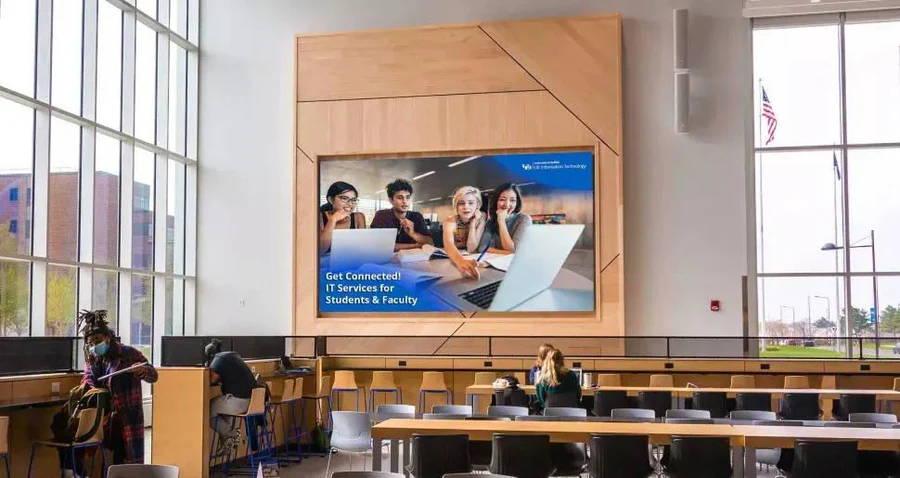The educational landscape has undergone a significant transformation in recent times. With over 4,000 higher education institutions and more than 124,000 schools in North America compelled to embrace distance learning models, both students and educators have had to adapt swiftly to this new normal. Whether institutions are planning a return to in-person classes, continuing with remote learning, or adopting a hybrid approach, IT leaders must consider key factors to ensure a smooth transition.
Harnessing the Power of Video
Audio and Video has emerged as the cornerstone of remote education, revolutionizing the way students learn and connect from a distance. By leveraging video collaboration platforms like Google Meet, Microsoft Teams, and Zoom, educational institutions can enhance the learning experience while fostering inclusivity for all. These platforms have responded to the evolving needs of educators by offering free access or reducing usage limitations. Integrating A/V into the classroom not only breaks down physical barriers but also opens doors to innovative practices such as virtual field trips and guest lectures through platforms like Microsoft Teams and Zoom.
Maintaining Connectivity, Wellbeing, and Personalized Learning
As the future of education remains uncertain, IT leaders and school administration must prioritize maintaining vital aspects of the educational ecosystem. Human connection, mental and physical wellbeing support, and personalized learning experiences are all critical considerations. By equipping classrooms of all sizes with video collaboration tools, IT teams empower faculty and students with greater flexibility to connect and learn regardless of location or circumstance.
Adapting to New Norms
Creating a safe and secure communication environment is paramount for successful virtual connections. To bridge any digital divide and address the varying tech capabilities of educators and students, it is essential to provide adequate support. Gathering insights through surveys completed by parents and teachers can illuminate areas requiring attention. Deploying mobile carts equipped with video collaboration tools minimizes the need for shared devices, ensuring every student can participate regardless of their physical location.
Driving Innovation
To meet the evolving demands of educators and students, institutions are embracing new technologies and strategies. Interactive portals offer remote tech support to teachers and staff, enabling seamless integration of technology into their teaching practices. Furthermore, remote student or teacher tech squads provide additional IT support while giving tech-savvy individuals the opportunity to develop hands-on experience. Leveraging cutting-edge machine learning technology, IT departments can quickly identify areas with high occupancy, ensuring a safe and effective learning environment.
Embracing the Video Revolution
While the timeline for a full return to in-person learning remains uncertain, one thing is clear: video has revolutionized the way students and educators communicate and collaborate both within and beyond the classroom. Whether through virtual classes, interactive seminars, or remote assessments, video technology facilitates an up-close and human connection that transcends physical boundaries.
As educational institutions navigate the era of hybrid education, embracing video collaboration technology becomes crucial. By harnessing the power of video, maintaining connectivity and personalized learning experiences, adapting to new norms, and driving innovation, institutions can lay the groundwork for a successful future. The possibilities are endless, and by leveraging emerging technologies, educators can shape a new era of collaboration that transcends the traditional boundaries of education.
Creation Networks can help your organization implement AV solutions, Crestron control and LED videowall technology for your organization. Across California and nationwide, we design, install, and program state-of-the-art AV systems. Contact Us Today







